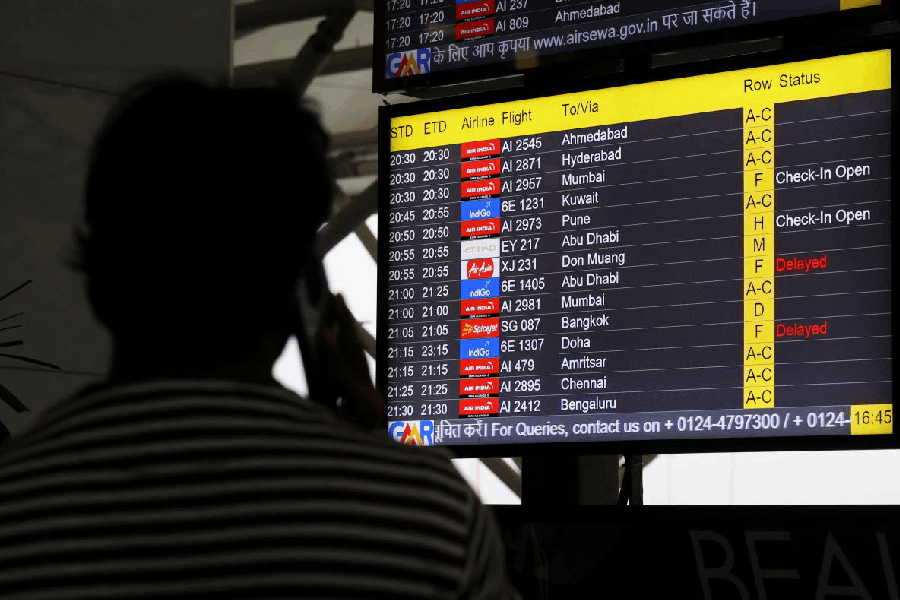Policy uncertainty in the United States is set to halve the education loan growth for Indian non-banking finance companies (NBFCs) in FY26, a domestic rating agency said on Wednesday.
Crisil Ratings said the asset quality of the portfolio, which stood at Rs 64,000 crore as of March this year, is "stable" for now, with a gross non-performing assets ratio at 0.1 per cent, but this remains a monitorable.
A media report earlier in the day said there has been a 27 per cent drop year-on-year in the number of student visas issued by the US in March-May 2025, amid a slew of changes in the US education landscape under President Donald Trump, including cutting aid to universities and tightening visa rules.
The Crisil report said the education loan segment has grown at around 50 per cent for the last two consecutive fiscals, and is estimated to halve to 25 per cent in FY26.
"Policy uncertainties in the US, combined with measures, including reduced visa appointments and the proposed elimination of Optional Practical Training norms, have culled newer loan originations," its director Malvika Bhotika said.
She said this has led to a 30 per cent decline in total disbursements to the US geography in the last fiscal year.
Disbursements linked to even Canada, the second-largest market, fell as student visa rules turned stricter, including increased financial requirements via proof of available funds, and a cap on permits, Bhotika said.
As a result of this, overall education loan disbursements were up only 8 per cent in FY25 compared to 50 per cent in FY24.
The agency said NBFCs have sharpened their focus on other geographies to offset these headwinds, and are preferring the UK, Germany, Ireland and smaller countries as students opted for alternative destinations.
It said the share of such geographies in total disbursements rose to almost 50 per cent in FY25 from 25 per cent a year ago.
Notably, the share of the US in overall education loan portfolio has already come down to 50 per cent as of March 31, 2025, from a peak of 53 per cent as seen on March 31, 2024, it said, adding that it is expected to go down further over the next few years as lenders gravitate towards other geographies.
Lenders are also looking at domestic student loans and adjacencies such as school funding, loans for skill development, certification and coaching.
Sonica Gupta, Associate Director, Crisil Ratings, said the high growth in the past few years and an estimated 15 per cent of the portfolio coming out of contractual moratorium this fiscal pose some asset quality risks.
"The ability of NBFCs to scale up and maintain asset quality in some of the newer domestic products will bear watching as well," Gupta said.
Except for the headline, this story has not been edited by The Telegraph Online staff and has been published from a syndicated feed.










